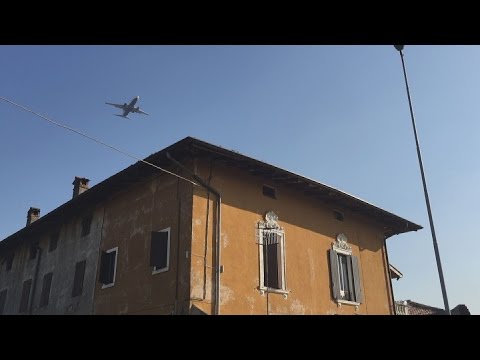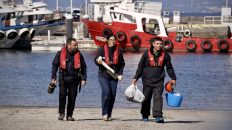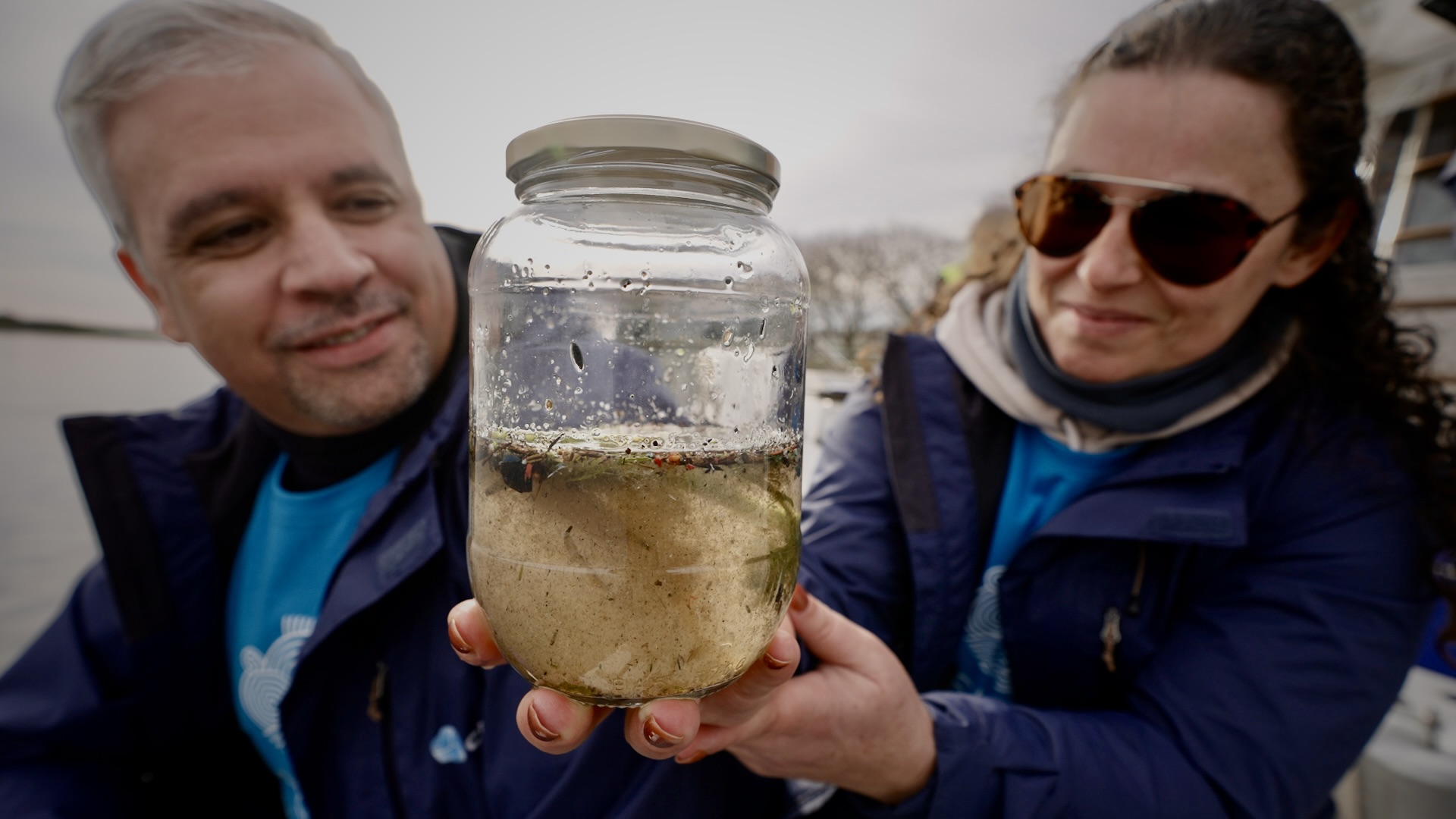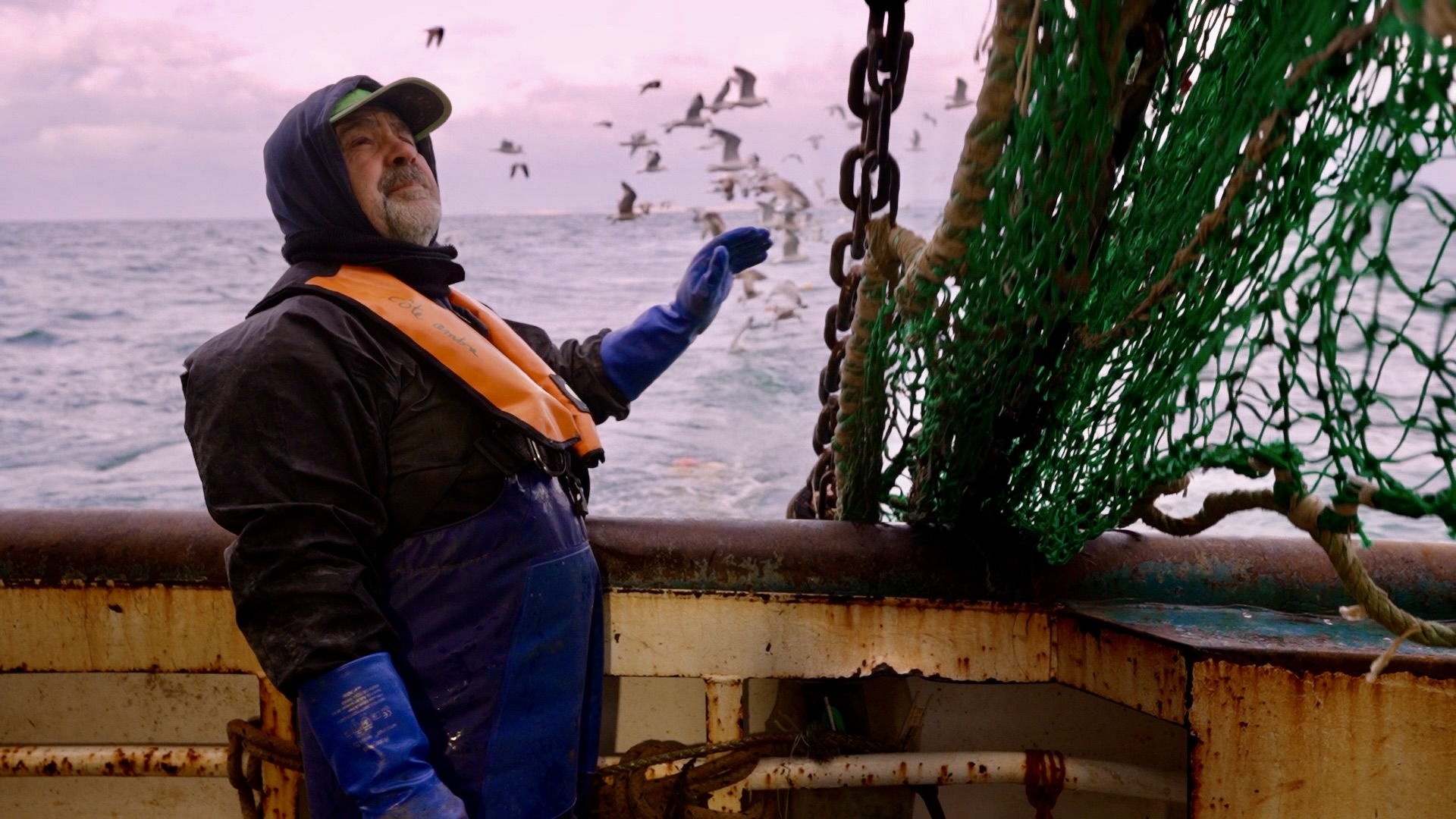Planes and airports produce roughly two percent of global greenhouse emissions. An even bigger environmental issue is engine noise at take-offs and landings.
Even though individual airplanes are 75% quieter today than they used to be few decades ago, people now fly more often. At Bergamo airport near Milan, passenger traffic grows steadily. But how can the industry avoid increasing pollution at the same rate?
Paolo De Forza is the airport’s Environmental Manager: “The first step is to use the full capacity of planes. Better loaded planes carry more passengers without increasing the number of flights. Secondly, fleet upgrades. And lastly, there need to be so-called “noise abatement procedures” – meaning channeling the air traffic through diverse routes, emphasizing less urbanised areas – that allow us to significantly reduce noise-related issues.”
Striving to be a good neighbour to local communities, the airport placed a number of microphones in its take-off and landing zones to measure noise emissions. The listening tool helps to keep low-flying planes away from populated areas.
“When an an airplane comes, our microphone will capture the noise produced at this exact moment,” explained airport environmental analyst Elena Massoletti.
The industry doesn’t have to wait for disruptive technological changes like bio-fuels or new types of aircraft; it already reduces its environmental footprint by jointly optimising its operations.
“We conduct daily and monthly analyses of this data to get the necessary indicators that allow us to understand the acoustic pressure and discuss this problem with local authorities, local communities and so on, in the aim of finding mitigating solutions,“said De Forza.
Joint efforts can help to reduce noise and emissions. An example is EUROCONTROL’s concept for continuous climb and descent operations. It offers both noise and fuel benefits as aircraft stay at more fuel efficient cruising levels instead of performing steep descents.
Compared to a non-optimised climb or descent profile, this could save between 50 to 200 kg of fuel and reduce noise by 1-5dB per flight.
Collaborative Environmental Management is another example. EUROCONTROL developed this working arrangement to help airports find common solutions to their environmental challenges.
EUROCONTROL also helps paint a clearer picture of the environmental footprint of air transport, by providing data and modelling tools.
Sharon Mahony is EUROCONTROL’s expert in Collaborative Environmental Management: “When you have the airlines, the air traffic controllers, and the airport operators together, and with other stakeholders that they can bring in, in a non-competitive environment – that’s very important. You reach a consensus, and you’re looking for collaborative solutions,”
Coping with the challenges of growth, while reducing aviation’s impact on the environment, will take the joint efforts of the entire sector.





